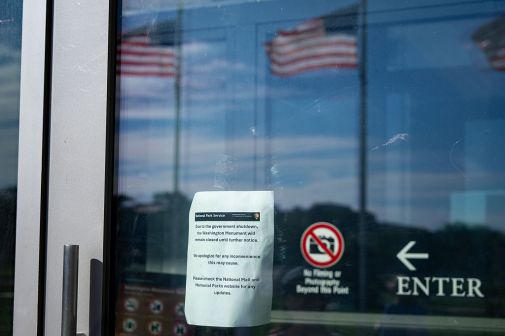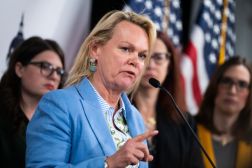From procurement to compliance, IT contractors face a new reality

The federal government is entering a new era of IT modernization, and this time at an accelerated pace. Long-standing inefficiencies and legacy systems are being scrutinized, and agencies are under pressure to innovate. For IT contractors, this scrutiny and Trump administration priorities will require agility, and those who don’t adapt will find themselves sidelined.
The Department of Government Efficiency (DOGE) wasted no time accessing some federal IT systems and scrutinizing contracts. DOGE leader Elon Musk has criticized federal agencies’ outdated infrastructure and procurement bottlenecks, so IT modernization is a likely priority moving forward. Meanwhile, regulatory frameworks and funding priorities are shifting, opening new doors but also raising new challenges.
Cloud, AI, and cybersecurity will remain federal priorities, and agencies will need IT partners who can deliver secure, scalable, and future-proof solutions. As policy, regulations, funding, and contract strategies of this administration emerge, contractors must be ready to meet new expectations.
Why modernization must be a priority
Federal IT spending has long favored system maintenance over true innovation. Historically, only 25% of IT budgets have been allocated to Development, Modernization, and Enhancement (DME), while the rest kept aging infrastructure afloat. Innovation requires dismantling this model, but agencies need funding to do so. DOGE’s objective is to identify inefficiencies across agencies, driving cost savings that will hopefully be redirected to cloud-first architectures, automation, and advanced cybersecurity. IT contractors who deliver scalable, forward-thinking solutions will be best positioned for success.
Agencies are continuing to accelerate the use of Governmentwide Acquisition Contracts (GWACs) and Other Transaction Authority (OTA) agreements to bypass traditional, slow-moving procurement models. Category management continues to drive contract consolidation, making innovative solutions and teaming critical. The emphasis is on agility and proven performance contractors unable to redirect and maximize past performance for competitive advantage risk losing ground.
Meanwhile, compliance remains a moving target. Regulations regarding Cybersecurity Maturity Model Certification (CMMC), Controlled Unclassified Information (CUI), artificial intelligence, and IT supply chain are under a review freeze, and the Trump Administration now requires a “one rule in, ten rules out” policy for regulations. However, expectations for security and accountability remain high, and agencies will prioritize vendors that demonstrate proactive risk management.
As new technology priorities take shape, AI remains at the forefront. Federal agencies are investing heavily in AI-powered automation, predictive analytics, and cybersecurity threat detection, fueled by fewer regulatory barriers. IT contractors must be ready to deliver intelligent, adaptable solutions that align with agency missions.
Winning federal contracts in the new IT era
Federal agencies can’t modernize their IT systems alone — they need contractors who can deliver the right solutions, navigate the procurement process, and anticipate risks before they become roadblocks. Staying ahead of agency expectations is what will set leading contractors apart.
Here’s how contractors can strengthen their competitive edge:
1. Develop solutions that match shifting agency priorities
Cloud migration, AI-driven automation, and zero-trust security are top priorities for federal agencies. Contractors that align their capabilities with these needs, and can offer cost-effective and secure solutions, will be in the best position to secure contracts as new opportunities emerge.
2. Track budget shifts and target new agency customers
The current budget environment is volatile, and both funding and priorities could shift. Agencies investing in modernization today may not be the same ones leading IT initiatives tomorrow, and those that did not previously have funds for modernization may see some budget flexibility moving forward. Tracking these changes and proactively targeting emerging agency customers is key to staying competitive.
3. Prove your worth for competitive advantage
With efficiency, cost-effectiveness, and costs being highly scrutinized, contractors must be prepared to articulate solution value and illustrate excellent past performance, cost and contract management, and risk identification and mitigation.
Ultimately, winning federal contracts means staying ahead of change. Federal agencies are moving quickly to modernize, and contractors who can’t match that pace will struggle to compete. With shifting budgets, evolving procurement models, and heightened scrutiny on cost-effectiveness, agencies need partners who bring both innovation and efficiency to the table. Those who anticipate changes, align with new priorities and clearly demonstrate value will secure a competitive edge. The window of opportunity is open — but not for long.
Deniece Peterson is senior director of federal market analysis at Deltek.






